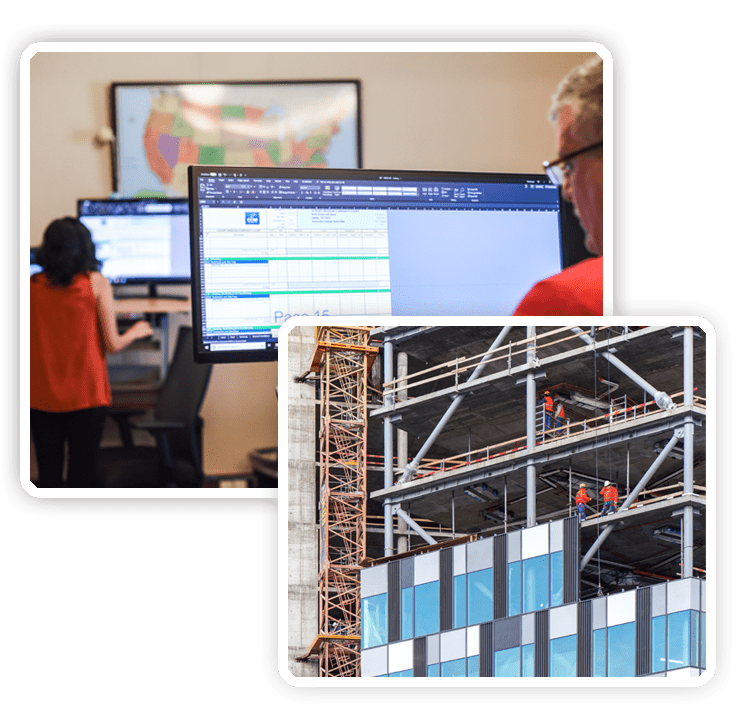Cost Segregation Services
Free Capital, Increase Cash Flow
And Improve ROI
A Cost Segregation Study is one of the best tax strategies available to property owners. Real property with buildings constructed, expanded, purchased, or remodeled after 1987 at a cost greater than $750K are eligible. While cost segregation studies are more valuable to newly constructed buildings, retroactive deductions are available for older buildings to generate catch-up depreciation benefits.


Free Capital, Increase Cash Flow
And Improve ROI
A Cost Segregation Study is one of the best tax strategies available to property owners. Real property with buildings constructed, expanded, purchased, or remodeled after 1987 at a cost greater than $750K are eligible. While cost segregation studies are more valuable to newly constructed buildings, retroactive deductions are available for older buildings to generate catch-up depreciation benefits.

Cost Segregation is a strategic tax planning tool that helps increase real estate cash flow by accelerating depreciation deductions on real property to defer or reduce federal and state* tax obligations. This strategy can help free capital, increase cash flow, and improve return on investment. All helping to make the funding of new construction projects more feasible to the benefit of owners and contractors. Additionally, a cost segregation study creates an IRS audit trail with proper documentation to help resolve IRS inquiries early in an audit’s timeline.

Cost Segregation is a strategic tax planning tool that helps increase real estate cash flow by accelerating depreciation deductions on real property to defer or reduce federal and state* tax obligations. This strategy can help free capital, increase cash flow, and improve return on investment. All helping to make the funding of new construction projects more feasible to the benefit of owners and contractors. Additionally, a cost segregation study creates an IRS audit trail with proper documentation to help resolve IRS inquiries early in an audit’s timeline.
Accelerated Depreciation Asset Examples
- Fencing
- Finish Components
- Land Improvements
- Landscaping
- Parking Lots
- Site Utilities
- Specialized Electrical/Mechanical/Plumbing

